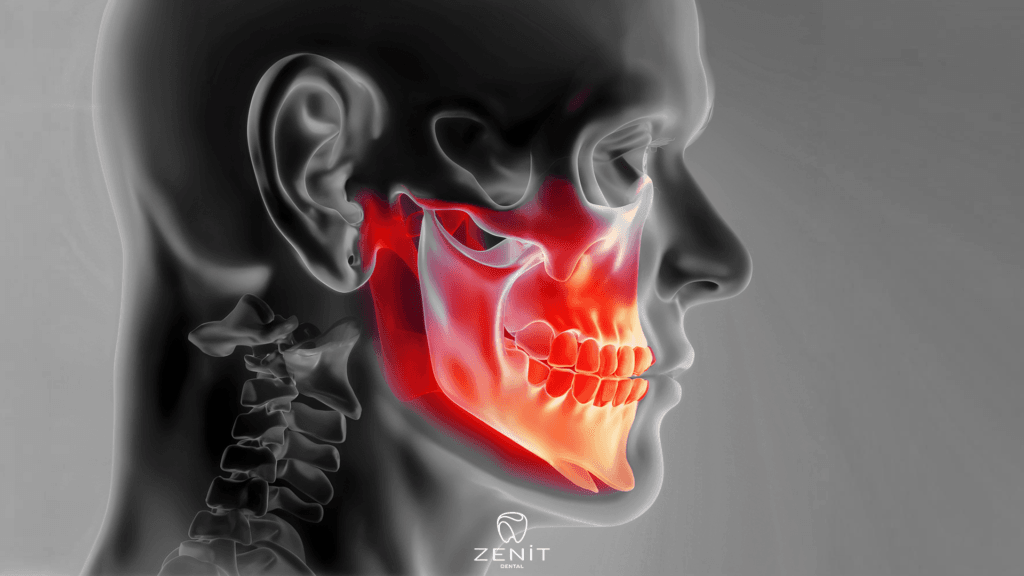When it comes to your oral health, your teeth are just the tip of the iceberg. Dive a little deeper, and you’ll find a world of complexity beneath the surface. Today, we navigate through the lesser-known territory of receding gums, a condition that’s as prevalent as it is misunderstood.
What is Receding Gums and What Causes It?
Receding gums, or gum recession, refers to a condition where your gums start to pull away from the surface of your teeth, exposing more of your tooth or the tooth’s root. This creates gaps, often known as ‘pockets,’ that can harbor harmful bacteria.
Several culprits can lead to receding gums:
- Age: Just like wrinkles or grey hair, gum recession can be an unfortunate side effect of getting older.
- Genetic predisposition: Sometimes, your genes are the ones pulling the strings. If your parents experienced gum recession, you might be more likely to as well.
- Aggressive tooth brushing: Brushing your teeth isn’t a strength contest. Too much force can cause the gums to recede.
- Poor oral hygiene: On the flip side, neglecting your oral hygiene routine can also lead to gum recession.
- Periodontal diseases: These bacterial gum infections destroy gum tissue and the supporting bone that holds your teeth in place.
How to Spot Early Signs of Gum Recession?

Like the slowly ticking hands of a clock, gum recession is often a gradual process. It’s easy to overlook, but several telltale signs can signal the onset of this condition:
- Your teeth may appear longer than usual, giving rise to the old saying, “long in the tooth.”
- You may feel a notch near the gum line.
- Your teeth may become more sensitive to hot or cold, as the root becomes exposed.
- You may experience discomfort or inflammation in your gums.
The Impact of Poor Oral Hygiene On Gum Recession
While many factors contribute to receding gums, one shines above the rest in its destructive potential: poor oral hygiene. Neglecting your oral health can set in motion a domino effect, escalating from plaque build-up to gum disease, and finally, to gum recession.
Our friends at Zenit Dent remind us that diligent brushing and flossing can keep plaque at bay. But the war against gum disease doesn’t end there. Regular dental check-ups are also crucial for detecting early signs of gum recession and taking preventive measures.
Treatment of Receding Gums
So, you’ve noticed that your gums are receding. What now? The answer largely depends on the cause and severity of the gum recession.
If the cause is poor oral hygiene, professional dental cleaning might be all it takes. This can remove the plaque and tartar build-up, and prevent further gum recession.
Surgical treatments may be necessary for more severe cases, especially when bone loss has occurred. These can include:
- Flap Surgery: In this procedure, the gums are lifted back to remove the tartar. The gums are then sutured back into place to fit closely to the teeth.
- Gum Grafts: Tissue is taken from another area of your mouth and attached to your gums to cover exposed roots and develop gum tissue where it is missing.
- Regenerative procedures: In cases where the bone supporting your teeth has been destroyed due to gum recession, a regenerative procedure can be performed. This involves the use of membranes, graft tissue, or tissue-stimulating proteins to encourage your body to naturally regenerate bone and tissue in the area.
Prevention: A Proactive Approach to Gum Health

Preventing gum recession starts with adopting a thorough and gentle oral care routine. Use a soft-bristled toothbrush, brush at a 45-degree angle to the gumline, and don’t forget to floss daily. Regular check-ups at your dentist are also essential, as they can spot the early signs of gum recession and take immediate action. A balanced diet, low in sugary and acidic foods, can also help maintain your gum health.
The Role of Tobacco in Gum Recession
It’s no secret that smoking and other forms of tobacco use are disastrous for your oral health. Tobacco users are more likely to have sticky plaque on their teeth that’s harder to remove, which can lead to gum recession. If you’re a smoker, quitting will significantly improve your oral health and reduce the risk of receding gums.
Orthodontic Issues and Gum Recession
Did you know that crooked teeth or a misaligned bite can also contribute to gum recession? When teeth don’t come together evenly, too much force can be placed on the gums and bone, allowing the gums to recede. If you’re dealing with orthodontic issues, addressing them could help prevent gum recession.
Prevention, however, remains your best weapon against receding gums. Maintaining a rigorous oral hygiene routine, including regular brushing, flossing, and dental check-ups, is paramount. But remember, oral care should be gentle. Vigorous brushing and flossing can cause more harm than good.
At Zenit Dent, they believe in a holistic approach to oral health. Their team of dedicated professionals can guide you through the best practices of oral hygiene, helping you keep gum recession and other dental issues at bay.






